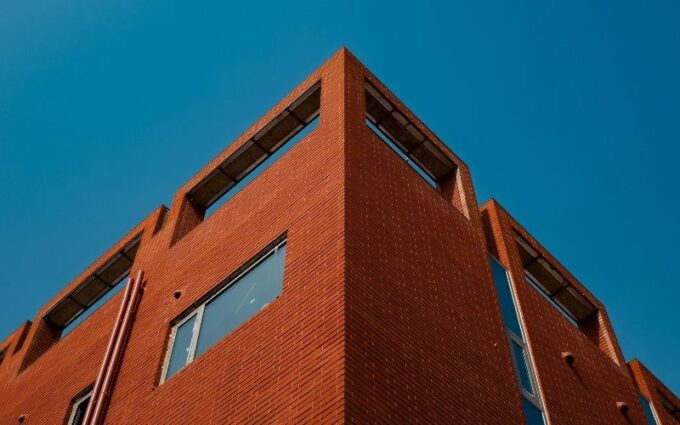- Home
- Articles
- Architectural Portfolio
- Architectral Presentation
- Inspirational Stories
- Architecture News
- Visualization
- BIM Industry
- Facade Design
- Parametric Design
- Career
- Landscape Architecture
- Construction
- Artificial Intelligence
- Sketching
- Design Softwares
- Diagrams
- Writing
- Architectural Tips
- Sustainability
- Courses
- Concept
- Technology
- History & Heritage
- Future of Architecture
- Guides & How-To
- Art & Culture
- Projects
- Interior Design
- Competitions
- Jobs
- Store
- Tools
- More
- Home
- Articles
- Architectural Portfolio
- Architectral Presentation
- Inspirational Stories
- Architecture News
- Visualization
- BIM Industry
- Facade Design
- Parametric Design
- Career
- Landscape Architecture
- Construction
- Artificial Intelligence
- Sketching
- Design Softwares
- Diagrams
- Writing
- Architectural Tips
- Sustainability
- Courses
- Concept
- Technology
- History & Heritage
- Future of Architecture
- Guides & How-To
- Art & Culture
- Projects
- Interior Design
- Competitions
- Jobs
- Store
- Tools
- More

This thesis looks at the identity crisis of Neo-Buddhist. The thesis analyses various events, spaces, and movements to understand how in past and present these identities are manifested in the built environment. The investigation would then inform the site, program, and architecture that the context requires. – introduction The intent is such that it takes a ground approach to understand the engagement of the community(Neo-Buddhist) and the city. It not only questions the obviousness of the program options but also questions the nature of interaction and constant negotiation of the community with the city. The politics of placemaking was fairly simple and assertions were quite apparent.
 But what difference have they made to the Neo-Buddhist? Buddhists have followed a pattern to be an exclusive community and for a very long time wanted to assert their place in Indian society. But do they reinforce the original Buddhist teachings in their life? an “exclusive” community that wants to declare and announce its place in Indian society. But is the exclusiveness of the monument empowering the Neo-Buddhists? What kind of “empowerment” has it obtained? How well these monuments have been realized by the urban public? Even Though Buddhism is said to be an individual practice, in Nagpur the situation is quite different. The sense of community is so strong that it has created a bridge between the city.
But what difference have they made to the Neo-Buddhist? Buddhists have followed a pattern to be an exclusive community and for a very long time wanted to assert their place in Indian society. But do they reinforce the original Buddhist teachings in their life? an “exclusive” community that wants to declare and announce its place in Indian society. But is the exclusiveness of the monument empowering the Neo-Buddhists? What kind of “empowerment” has it obtained? How well these monuments have been realized by the urban public? Even Though Buddhism is said to be an individual practice, in Nagpur the situation is quite different. The sense of community is so strong that it has created a bridge between the city.

The design intervention tries to subvert the idea of assertion and monumentality. It aims to become memorable through grounding its experience to the Shastri Nagar where Neo-Buddhism is on the verge of its disappearance. The intervention then becomes a space for social encounters, collective experiences, and phenomena, creating the identity of the precinct, the identity of a Neo-Buddhist, and eventually the identity of the city. Vihara, a place of worship for Neo-Buddhists, becomes a pivotal space. The design intervention dismantles the space which balances the different perception of Buddhism in the county. It focuses on traditional Buddhism, catering to the community to fulfill the need for a communal space, and thus then interacting with the city through other proposed programs. It shall evoke a sense of inclusiveness, freedom, and equality.
illustrarch is your daily dose of architecture. Leading community designed for all lovers of illustration and #drawing.
Submit your architectural projects
Follow these steps for submission your project. Submission FormLatest Posts
Renaatus Irumathi
Nestled on the eastern shores of Hulhumale’, Renaatus Irumathi Residence greets each...
White Khamovniki
The project is based on the idea of a building as a...
Millennium Horizon
The future cityscape Millennium Horizon is a groundbreaking architectural project envisioned for...
Wuto Space
A two-bedroom, one-living room apartment in the bustling heart of “Magic City”...
































Leave a comment